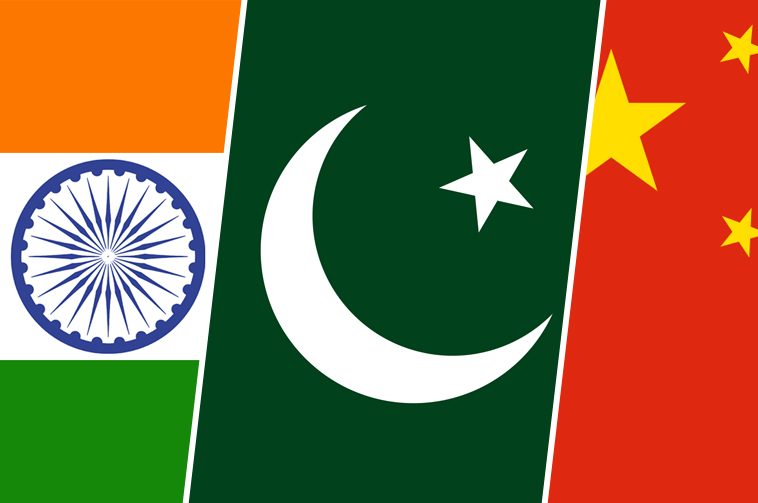The rise in US interest rates has given a wakeup call to all equity markets around the world. But with a big margin, Pakistan’s market is still ahead of India’s and China’s market. The Global X MSCI MSCI+% Pakistan ETF was 16% which makes it above the India’s and China’s ETF’s last year. The two countries ETF’s were in the negative section this whole year as visible from the table.
|
Index/Fund |
12-month Performance |
|
Global X MSCI Pakistan (NYSE:PAK) |
16% |
|
IShares China (NYSE:FXI) |
-1.5% |
|
IShares S&P India 50 (NASDAQ:INDY) |
-3.24% |
|
IShares MSCI Emerging Markets (NYSE:EEM) |
1.10% |
Source: Finaance.yahoo.com11/23/2016
|
Index/Fund |
12-month Performance |
|
Global X MSCI Pakistan (NYSE:PAK) |
20% |
|
IShares China |
9.80% |
|
IShares S&P India 50 |
12.77% |
|
IShares MSCI Emerging Markets |
5.38% |
Source: Finance.yahoo.com
The results were not as these were expected with India emerging more competitive in the global market. In 2016, its ranking increased to 16 landing on 39th position. Currently it is still on 122th position close to the lowest on World Forum
|
Country |
2016 |
2015 |
|
India |
39 |
55 |
|
China |
28 |
28 |
|
Pakistan |
122 |
126 |
In key macroeconomic metrics, Pakistan is still behind India and China with its GDP growth and unemployment rates.
Pakistan’s, India’s, and China’s Key Metrics
|
Country |
China |
India |
Pakistan |
|
GDP |
$10866 billion |
2074 billion |
$270 billion |
|
GDP Growth yoy |
6.7% |
7.1% |
4.24% |
|
Unemployment |
4.05% |
4.9% |
5.9% |
|
Inflation rate |
1.3% |
5.05% |
3.56% |
|
Capital Flows |
-594HML |
-$300 million |
-$1882 million |
|
Government Debt to GDP |
43.9% |
67.2% |
64.8% |
As compared to India and China, Pakistan’s market is still trying to make its place in the global economy. Being less exposed, Pakistan’s market is not very susceptible to the fluctuations occurring in the US economy. Also the Chinese investment is helping Pakistan to act like Beijing’s corridor to Middle East’s oil and even to Africa’s resources. On the other hand few of the foreign endorsements for Pakistan’s market reforms from overseas institutions are increasing the investor’s expectations. These investments such as $1 billion in support from the World bank and few of the local purchases from foreign suitors including the purchase of the Karachi’s K-Karachi by Shanghai Electric Power Co.
Currently, Pakistan’s market is a frontier market economy and is being admired and looked forward from foreign investments as well as institutions but India’s market is being turned into a currency experimentation lab by Modi’s government.
China’s market is also under pressure with the appearance of strict government laws which is terrifying the potential investors of the country. This is a time investors need to be very careful in establishing new positions as frontier markets are extremely unstable. One year’s winners in such markets can be big losers in the next year.
The Article originally appeared on Forbes




